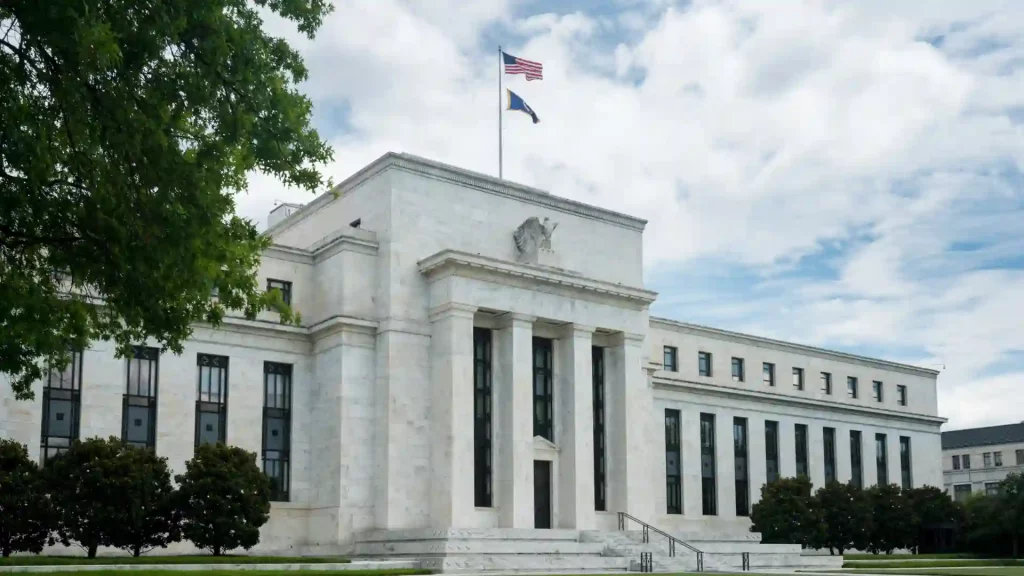Asian markets traded warily on Thursday as the United States Federal Reserve increased the key interest rates for the 10th time. This move also reduced the hopes of having a change in the interest rate cuts, especially at a time when the banking sector is facing serious troubles in the US. Investors are also alarmed over the fact that central banks across Asia will follow the Federal Reserve in closing out its policy tightening cycle.
Before the interest rate was hiked, Australia revealed a surprise rate hike. Australia’s S&P index was down 0.1 percent and South Korea’s Kospi index declined 0.35 percent. The Shanghai Composite increased by 0.6% and Hong Kong’s Hang Seng rose by 1 percent. All these changes came in after the Federal Reserve raised the interest rate by 25 basis points which signaled a probable pause to its narrowing cycle.
Jerome Powell, Fed chair also mentioned that his rate-setting committee will take a decision regarding the same in June. Powell mentioned that inflation rates might take some time to cool down. And for inflation to cool down, the demand has to slow down, and the US labor market needs to soften to bring prices back to the normal level.
The Domino Effect
Before the Federal Reserve increased the interest rates, Malaysia increased a ‘one-and-done’ rate hike for this year. The Philippines on the other hand, stated last week that they are ready to lower their inflation projections, which also creates less pressure to stay on the tightening path. But for South Korea and Indonesia, since they have paused their hiking campaigns, the cuts could be closer, reports Bloomberg.
Traders predict Korea will cut the rates within twelve months. According to Bloomberg predictions, Indonesia might have its rate cuts before the year ends amid a sturdy rupiah, and the country’s 2-year bond yields fell on Wednesday session to their lowest since February. New Zealand, however, will increase the rates again on May 24 before pausing for the remainder of this year. Traders are expecting a global downturn which could indicate a steep decline in demand across the global economy like weakness in China’s export-oriented data.
The Asian Markets
Asia-Pacific markets are expected to trade tentatively as investors struggle to adjust to the Fed’s latest move and analyze the impact of tightening credit conditions on the broader economy. Morgan Stanley economists see inflation across most Asian countries returning to policymakers’ comfort zones as inflation reduces. This would also allow the central banks in the region to slash interest rates in the final months of this year. As the market was accepting Federal Reserve’s move, the crisis in the US regional banks has worsened which has rekindled the fears of squeezed lending and possible recession.
